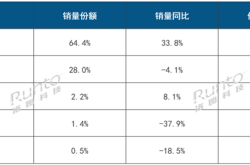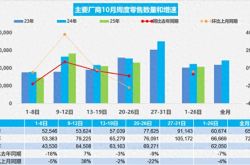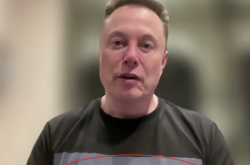That Pivotal Night: Chinese Engineers Embrace Tears of Joy as Chip Illuminates!
![]() 06/26 2025
06/26 2025
![]() 786
786
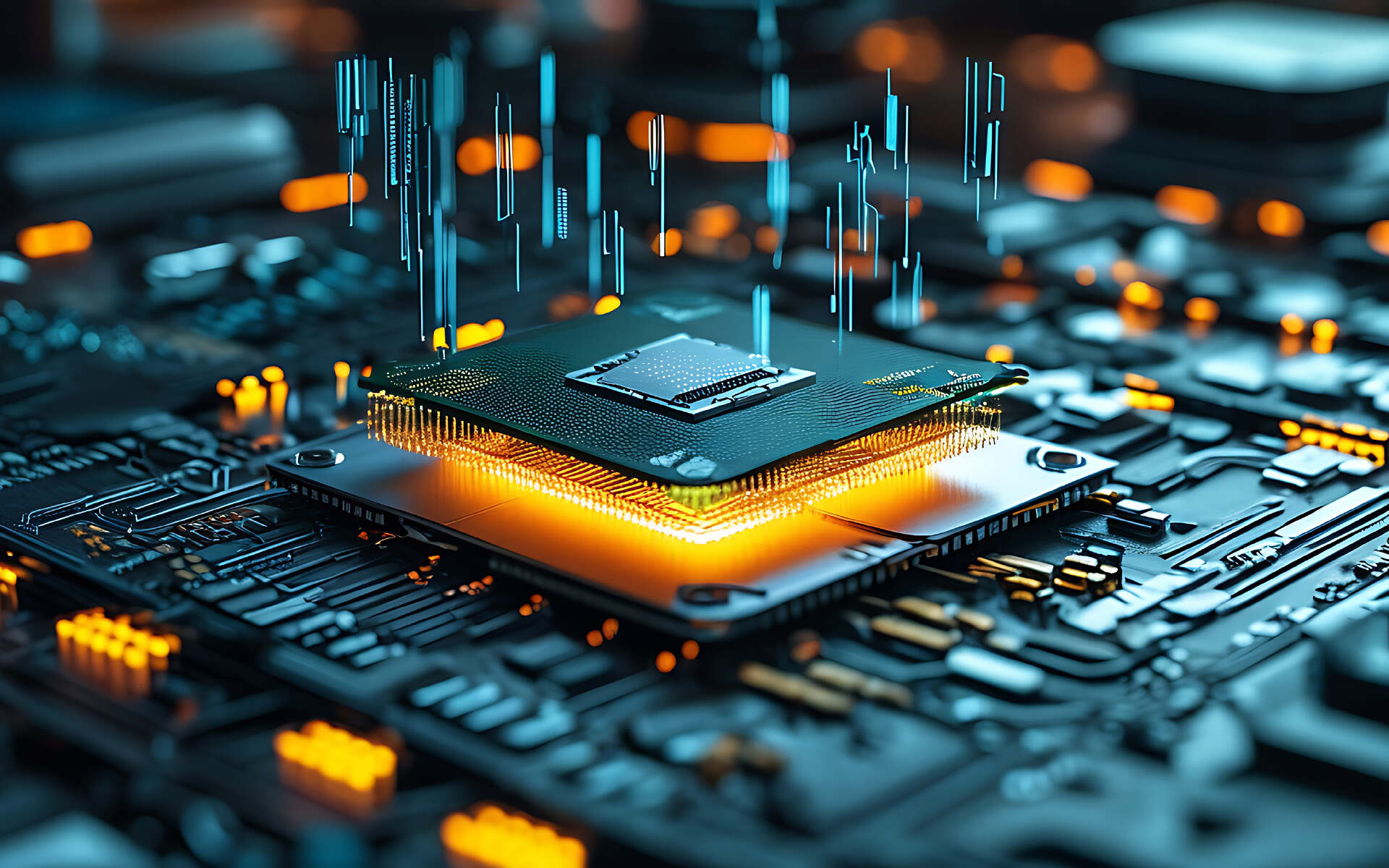
Early Spring 2024, Beijing.
The air buzzed with the excitement of adrenaline—not from a racing track, but from the mingling aroma of 53-degree Maotai and the tears of engineers.
As the TX81 chip flickered to life for the very first time, Wang Bo and his team were engulfed in exhilaration. For in that instant, they might have rewritten the chapter of Chinese science and technology.
[China Redefines Moore's Law]
A year later, DeepSeek emerged as a surprise disruptor, shattering the technological dominance of the West.
As cloud giants swiftly integrated DeepSeek, a startup named QingWei Intelligence quietly joined this technological wave.
Despite being established for less than seven years, QingWei's solution is profoundly game-changing.
For within QingWei's servers beats an unconventional heart—the TX81 chip.
For decades, the quest for enhanced computing power has centered on the relentless pursuit of process innovation.
However, Moore's Law is nearing its physical limits, and the growth trajectory of traditional chips pales in comparison to the explosive demand for AI computing power.
Coupled with the formidable barriers erected by overseas giants in technology and ecosystem, if Chinese computing power aims to break through, it must embark on a different path—architectural innovation is the ultimate key to breach the wall.
The TX81 chip strides into this historical rhythm.
It is a dynamic reconfigurable chip (RPU) with a groundbreaking architecture.
It efficiently computes without the complex exchange of instruction sets and storage, dynamically aligning computing units to diverse scenarios and tasks such as voice, images, and large models. It transforms the precious computing power derived from mature processes into a versatile "Transformer" capable of addressing various computing needs.
This results in four core advantages: high energy efficiency, high concurrency, high scalability, and high cost-effectiveness.
It is undeniably a chip "native" to the AI era.
China's computing power chips lagged behind the West, and the call for "domestic substitution" has echoed for years. Unlike traditional domestic substitution, QingWei is forging a perilous new path of high-end domestic substitution:
From 0 to 1, the journey is arduous but critical to the autonomy and lifeblood of China's AI computing power foundation.
This mirrors the comeback narrative of China's automotive industry.
For decades, core technologies like engines and transmissions were monopolized by foreign companies, leaving domestic fuel vehicles "crushed" on the ground.
How can latecomers breakthrough and even surpass? It's nearly impossible to follow the footsteps of the original dimension and make incremental improvements.
Domestic auto brands like BYD, Wenjie, and Xiaomi achieved "lane changing and overtaking" through electrification, intelligence, and connectivity. Notably, key technologies such as batteries, intelligent driving, and integrated casting have propelled them to the forefront of the world.
Relying on a vast market, industrial chain integration, and policy support, domestic electric vehicles offer unparalleled cost-effectiveness, enabling consumers to purchase configurations and experiences comparable to foreign luxury cars worth millions of dollars for just a few hundred thousand yuan.
The leapfrogging of China's automotive industry not only reshaped the global automotive landscape but also emerged as an exemplary model for industrial upgrading in late-developing countries.
QingWei's journey in the computing power industry mirrors the lane-changing overtaking of domestic electric vehicles.
It unleashes a series of original and pioneering "combination punches" such as reconfigurable computing, C2C computing power grid, and 3D storage stacking, ushering in a new era of AI computing power.
This is a Chinese path of innovation from the bottom up, with the entire chain firmly in Chinese hands.
[Entrepreneurship: An All-or-Nothing Endeavor]
QingWei's inception began with a eureka moment during a "technical odyssey of hardship."
In 2018, Wang Bo, who was working on machine vision at a technology company, hit a roadblock when selecting chips.
During his search, he discovered that industry-renowned chips fell short of expectations: they were expensive, power-hungry, and had poor heat dissipation.
Amidst his anxiety, Wang Bo stumbled upon Professor Yin Shouyi's THINKER reconfigurable chip from Tsinghua University on his WeChat Moments.
This news was like a bolt of lightning piercing through the fog. His intuition told him that this was a "new species" entirely different from existing products.
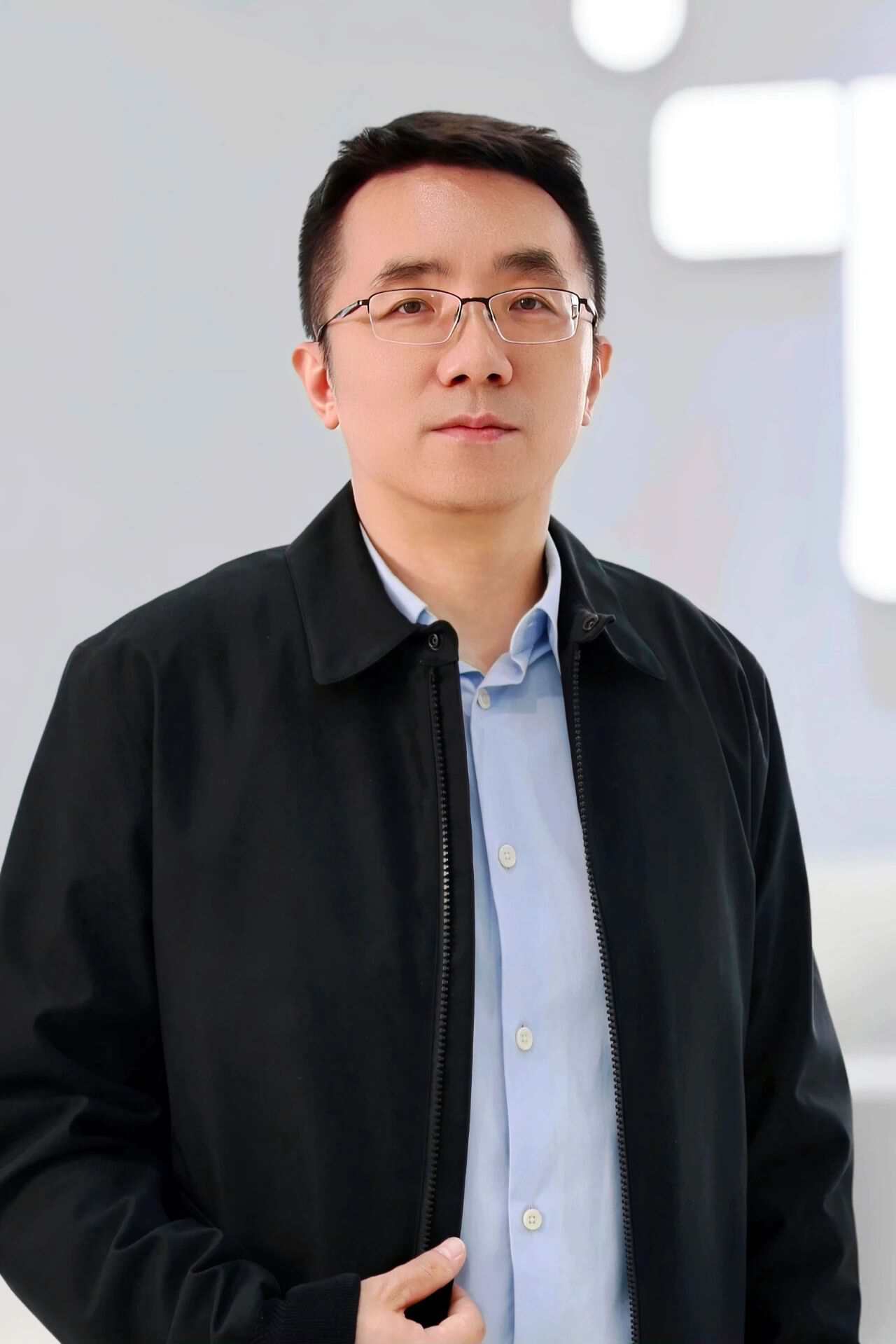
The next day, within the hallowed halls of Tsinghua University, Wang Bo and Professor Yin instantly connected: Wang Bo provided funding, while Professor Yin was tasked with translating laboratory results into industry applications.
However, the ivory tower of scientific research and the battlefield of industry are worlds apart. While schools excel in cutting-edge exploration, product development entails a myriad of complex engineering and supply chain challenges.
Consequently, it took over half a year, ultimately culminating in failure.
But failure ignited Wang Bo's inherent stubbornness.
After much deliberation, he resolutely decided to burn his bridges and co-found QingWei Intelligence with Professor Yin, vowing to bring reconfigurable chips from theory to reality. For this, he bid farewell to the allure of a listed company.
What fueled his all-in approach was his unwavering belief in the future of reconfigurable chips.
In the AI era, computing power is as indispensable as water and electricity.
The traditional path of chips relying on process races to enhance computing power is gradually reaching a dead end. And the reconfigurable architecture shines like a beacon piercing through the iron curtain.
"If this succeeds, it will be enough to etch a name in the annals of Chinese science and technology."
This thought made Wang Bo's blood boil, but he knew the path to the summit was as steep as Mount Everest.
Although Americans proposed the concept of reconfigurability as early as the 1960s, and the Tsinghua team has been deeply engaged in it for over a decade, no one in the world had attempted to transform academic sparks into a commercial conflagration at that time.
The greatest challenge lay precisely here.
At that time, AI computing power chips with GPU architecture dominated over 90% of the domestic market. Wang Bo's team was outnumbered and under-resourced.
Initially, over 20 people were crammed into a tiny space in an old office building in Zhongguancun, with an office area of just 30 square meters.
This group included technical experts who had defected from major chip companies.
Previously, it was a high-end 4A office building, but now it served as a "pigeonhole" for a startup company, with a stark contrast in working environments.
In the first few months, the company didn't even have a signboard, and passersby once suspected it was a fraudulent company and complained to the property management.
In such a "humble abode," devoid of tables and chairs, they purchased them on Taobao and assembled them by hand. Two long white tables and over 20 simple office chairs constituted QingWei's initial "trenches."
Everything started from scratch. Inside the computer were intricate and profound physical designs, NPU architectures, internal module breakthroughs, PV, packaging... Even the chip development process, quality standards, etc., needed to be painstakingly built one by one.
Yang Feng (pseudonym), one of QingWei's first batch of engineers, recalled that when the technical leader sketched the architecture diagram of the reconfigurable chip on the small blackboard, his heart swelled with excitement:
"Imagining doing something unique in the industry, everyone's eyes sparkled with determination."
Despite the arduous conditions and uncertain future, the team's entrepreneurial fervor mirrored that of great companies born in a garage.
This team is daringly challenging a pioneering cause.
Amidst the wave of domestic substitution, a sense of mission and responsibility served as an unextinguishable beacon in the dark. Even though the conditions were so shabby they were ashamed to show them to others, and the project confidentiality precluded sharing with those around them, faith, like a beacon in the dark, sustained them on this long and arduous journey.
[A Challenge Comparable to Climbing Everest's North Face]
Creating a new architecture chip from 0 to 1 is already a perilous endeavor, but Wang Bo emphasized that QingWei could only truly enter the industry's first tier by developing AI computing power chips.
For this goal, the team decided to fight tooth and nail.
AI computing power requires a larger chip area to accommodate more computing units. QingWei opted for a single die size of 800 square millimeters, nearly the physical limit of chip size.
Beyond the challenge of chip area, it's also imperative to leverage reconfigurable technology to elevate computing power utilization to new heights. This entails not just a single card but also seamless communication between cards.
Since there was no precedent to follow, everyone had to navigate by feel.
For multi-card interconnection, to streamline programming, the team proposed a bold technical path after rigorous research—C2C grid direct connection.
Unlike traditional models, C2C grid direct connection dispenses with a switch, effectively eliminating the data transfer station, not only saving costs but also drastically reducing data congestion, allowing the chip to unleash immense computing power.
Overcoming this hurdle necessitates solution modeling, simulation verification, and sourcing components with exceptionally stable performance.
Although the team had prior experience, in the realm of high-computing power chips, there wasn't a single line of ready-made code. Every line of code was original. Coupled with the lingering shadow of the pandemic at that time.
During this period, the team encountered an unexpected technical hurdle: to leverage the advantages of reconfigurable chips, a custom clock device was imperative.
The clock device is the cornerstone of the chip's clock operation and crucial to chip performance.
Tom (pseudonym), a chip backend technical expert with years of experience at Huawei and Alibaba, volunteered to take on this daunting task.
Although physical implementation was Tom's forte, he lacked mature experience in this specific field. "At this critical juncture, I had to bite the bullet and give it my all."
This link is so crucial that it could make or break the final tape-out. "The cost of a single tape-out is as high as tens of millions of dollars!" Tom quipped, "If we mess it up, everyone can follow me in looking for a new job."
At that time, Tom and his colleagues fell ill successively. According to his recollections, one day, he woke up shivering and aching, with his temperature soaring to 39.2°C.
Ibuprofen for fever reduction was sold out. With the last vestiges of strength, he rode a shared bike back to the company and grabbed a few packets of Ganmaoling from the office medicine cabinet. Returning home, he locked himself in the study and persevered in tackling the problem despite his illness.
When confronted with difficult problems, Tom scoured global literature, studied, drew inspiration, and adjusted... repeating this process ad nauseam. Under immense pressure, he, who never had acne before, developed acne all over his face during that period.
Choosing a new path is inherently fraught with obstacles.
The problem of NPU operator switching control logic stalled the team for half a month; the challenge of chip routing kept the entire team in a grueling struggle for another month... The iteration of a mature path takes approximately 12-18 months, while the research and development cycle for an original new architecture could be double that time.
The moment the chip was sent for tape-out, engineer Yang Feng (pseudonym) said, "My heart was hanging in the balance. If anything went wrong in the process, all the hard work over such a long time would be in vain."
The atmosphere was tense on the night the tape-out was returned. At 11 pm, Yang Feng entered the office with the chip and found CEO Wang Bo, CTO Ouyang Peng, and all the technical leaders holding their breath in anticipation.
However, after two hours of power-on debugging, the chip remained dark. The conference room began to buzz with anxiety, and everyone's faces grew somber.
After some troubleshooting, it was discovered to be a mismatch between the circuit board power supply and the chip.
After debugging, the chip finally flickered to life. Glancing at the clock, it was already 2 am. Wang Bo and Ouyang Peng produced the prepared Maotai and filled everyone's glasses.
That night in Beijing, the air was filled with the scent of adrenaline—not from a drag race, but from 53-degree Maotai mingled with everyone's tears of joy.
[This Time, He Will Not Retreat!]
In the annals of global technology, countless giants have emerged.
These giants have led one technological era after another. But no matter how powerful the giants become, there will always be latecomers who overturn the previous waves.
The reason these latecomers can successfully counterattack is not by imitating but by doing something different in the tide of history.
Twenty years ago, when internal combustion engines still reigned supreme, Musk capitalized on the new energy trend and used Tesla's electric motors to disrupt the century-old automotive industry.
Doing something different is the most distinctive hallmark of Wang Bo and his team.
With a technical background, Wang Bo participated in the development of China's first-generation switches and router products while still studying communication engineering at Beijing University of Posts and Telecommunications.
During that era, the domestic communications market was dominated by international giants like Cisco, while Huawei was just embarking on the journey of developing domestic switches. Wang Bo reminisced that they were comrades-in-arms with Huawei, fighting the trenches of domestic substitution, but lamented not being able to stand by Huawei's side till the very end.
Subsequently, Wang Bo caught the wave of China's initial cloud computing revolution.
Amidst fierce competition from major players, he made a decisive move to steer clear of the public cloud path and instead bet on private clouds. This strategic choice secured a niche for his company, ultimately leading to a successful listing on the A-share market.
These two pivotal experiences honed Wang Bo's profound insights and unwavering passion for the technology industry:
Only by daring to be the pioneer in uncharted territories can one seize the initiative or stage a successful counterattack as a late entrant.
Reconfigurable chips represent precisely such a territory, brimming with both temptation and peril.
This "dream of originality" not only ignited Wang Bo's passion but also drew numerous aspiring young talents to join the cause.
"This is not merely a highly challenging endeavor but also an incredibly cool pursuit."
After six years of arduous battles, they triumphed.
In 2025, QingWei Intelligence's reconfigurable cloud computing power chip, TX81, became the world's first to achieve large-scale mass production of similar chips. It also established several thousand-card cluster computing power centers across the nation.
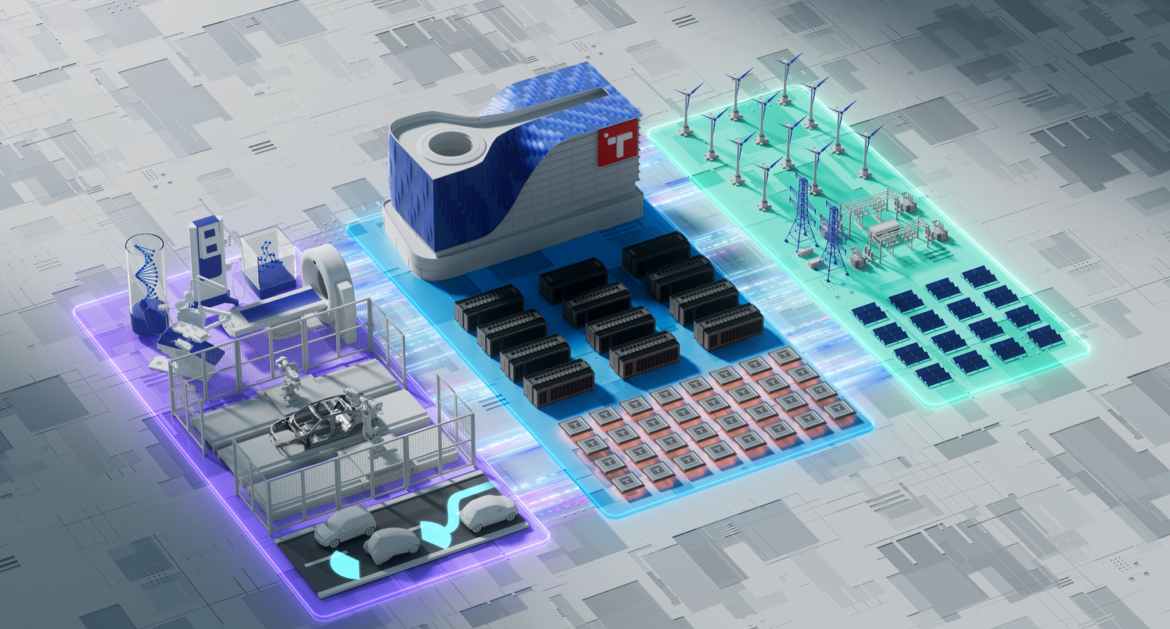
Interestingly, Zhipu, also stemming from the Tsinghua ecosystem, chose the path of domestic original large models. Zhipu and QingWei, one focusing on software and the other on hardware, both embody the genes of domestic originality. Due to their in-depth collaboration, they are often referred to as the "Tsinghua AI Original Twin Stars."
Despite taking the initial step, Wang Bo and QingWei's ascent is far from complete. The second-generation TX82 chip is undergoing intense development, with plans for tape-out and mass production in 2026.
This is yet another arduous battle to conquer the technological "Mount Everest," a nearly solitary fight.
Twenty years ago, Wang Bo stood alongside Huawei, jointly combating the monopoly of foreign technological products. Today, amidst the colossal waves of AI, they once again embark on the journey of domestic computing power, anchoring China's artificial intelligence "lane changing and overtaking" objective, and initiating a fresh voyage towards autonomy and controllability.
This time, Wang Bo and his QingWei team are resolute in their stance and will not waver!
Disclaimer
This article touches upon content related to listed companies, reflecting the author's personal analysis and judgment based on information disclosed by listed companies in compliance with their legal obligations (including but not limited to temporary announcements, periodic reports, and official interaction platforms, etc.). The information or opinions presented in this article do not constitute investment or other business advice, and Market Value Observation assumes no responsibility for any actions taken as a result of following this article.
——END——

